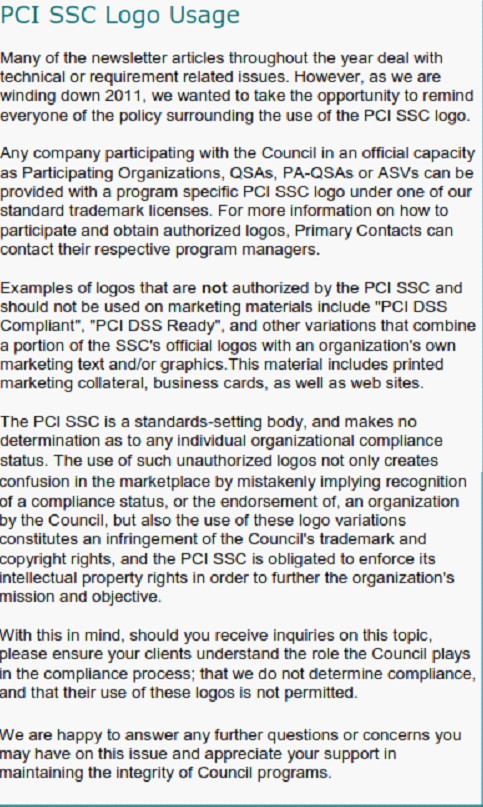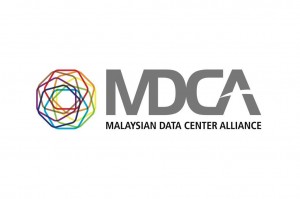One of the often asked questions we face after dealing with PCI-DSS (Payment Card Industry Data Security Standards) for the past 5 years is also often the simplest. Who needs to do ASV scan?
ASV stands for Approved Scanning Vendors. These are the guys that has been approved to do public scans for PCI clients, by the PCI-SSC (that’s like the Jedi council made up of Master Card and his minions.) Anyway, the ASV scans apply only on external facing IP addresses IN SCOPE.
This is very confusing, because often, our clients will give us a small set of IP, or either a gargantuan set of IPs like 10.x.x.x (yes, that’s an internal zone, so that’s where the education begins), or some give us their entire C class of their ISP.
Technically, the scope is defined by the merchants or service provider (NOT the ASV or QSA). However, if you are undergoing a full PCI program, we will obviously have more knowledge on your network and we can help you define your scope appropriately. Else, if you are a cold call ASV client, we will generally rely on your scan scope provided to us and scan those IP or IP ranges. We prefer you to provide us a set of IP host address, although we can technically do a network range, but the pricing might vary more.
So who needs to do it?
Anyone undergoing PCI.
Who has a public IP address. This includes not just servers, but routers, VPNs, network devices and even POS devices. If you are an ecommerce company, then you will likely have public IP address. If you are a retailer and using IP based POS, then these need to be included. If you have DNS, mail servers that belong to you, then those need to be included.
Whether you are a level 1 merchant or a level 4 merchant, whether you are a level 1 or 2 service provider – you need the ASV scan. The only companies that don’t require it are companies who have no internet capability. This is rare, but lets say a mom and pop grocery store who uses dial up POS provided by the acquirer or a knuckle buster.
Else, if you are undergoing PCI, you best get ready for the ASV scan.
So to summarise the process:
a) Define which addresses are in scope and are PUBLICLY assessible. His includes any IPs that are filtered by firewall.
b) Provide these IPs to the ASV vendor and the ASV will provide a range of source IPs to whitelist. We get some questions: why do we need to whitelist? Why can’t you guys just do the testing without whitelisting? Because ASV scans are not expensive, and we need to get it done fast, so we generally don’t have time to 100% simulate a slow burn attack that most actual attacks might face, who can afford to do that because they are not charging you and they are actually trying to get in.
c) Allow the ASV to do their job. We often get clients giving us like 20 IP addresses, ask us to scan and n half a day demand for a report. Here is the difference between those peddling free unlimited ASV scans vs actual ASV scans = the free unlimited scans do not come with manual verification of findings. So you get say 40 vulnerabilities listed in a colorful chart – you generally need to go through these 40 and address them one by one (whether its an actual vulnerability of not!). For us, we take a few days to plow through the vulnerabilities and remove the false positives by doing a manual verification process, which might include manually checking if, say the system is actually providing an actual information, or it could just be a fingerprinting of OS that got screwed up. That way, we can hash that 40 down to say 10 or less, and makes it less of a chore for you. So beware of ‘Free’ ASV. Nothing in life is Free. Except sunlight and air. And that too is being charged in some countries.
d) Once its done, we release a preliminary report and go through with you what needs to be done. Generally all medium – high issues need to be addressed. In most cases we see are SSL related issues. If it is, good news is that you can move your mitigation plan to June 2018 and buy some grace period. All we require is a formal mitigation plan and we will pass the ASV.
e) ASV needs to be done every quarter.So technically, your ASV report has an expiry (of 3 months from the scanned date). But in some instances, ASV providers such as Control Case allows you to define the quarter in a more precise term. The moment the PO arrives to us, we start counting the quarter. For instance, if it starts today (say date X), then the first quarter will end 3 months from today (say, date Y). You can scan at ANY time in this quarter and it will be good up to the date of Y. So technically, you can scan right at the end of the first quarter (pass Q1) and immediately when you go into Q2, start scanning for Q2. Depending on your ASV provider, your mileage may vary but we’ve worked with a few before and it seems to be a pretty consistent interpretation of quarters.
The ASV scan is by far, one of the least complicated things in PCI. However, don’t underestimate the effort. We had clients who thought one week was plenty enough to do ASV and they missed their quarter scan because we need CLEAN results. If we cannot get clean results (all medium-high issues solved), we cannot pass the ASV. If we cannot pass within the deadline, you miss your Quarter and there is no turning back. It will cause you to have problem when you re-certify for the coming year for PCI-DSS.
Good luck, and start early!



